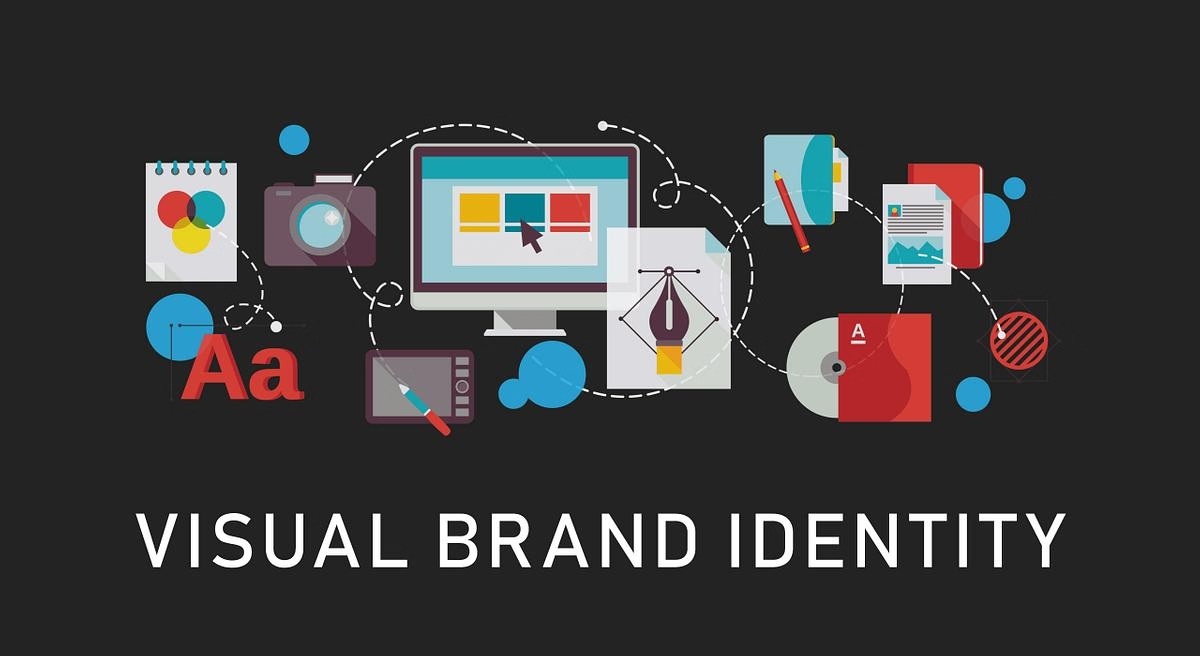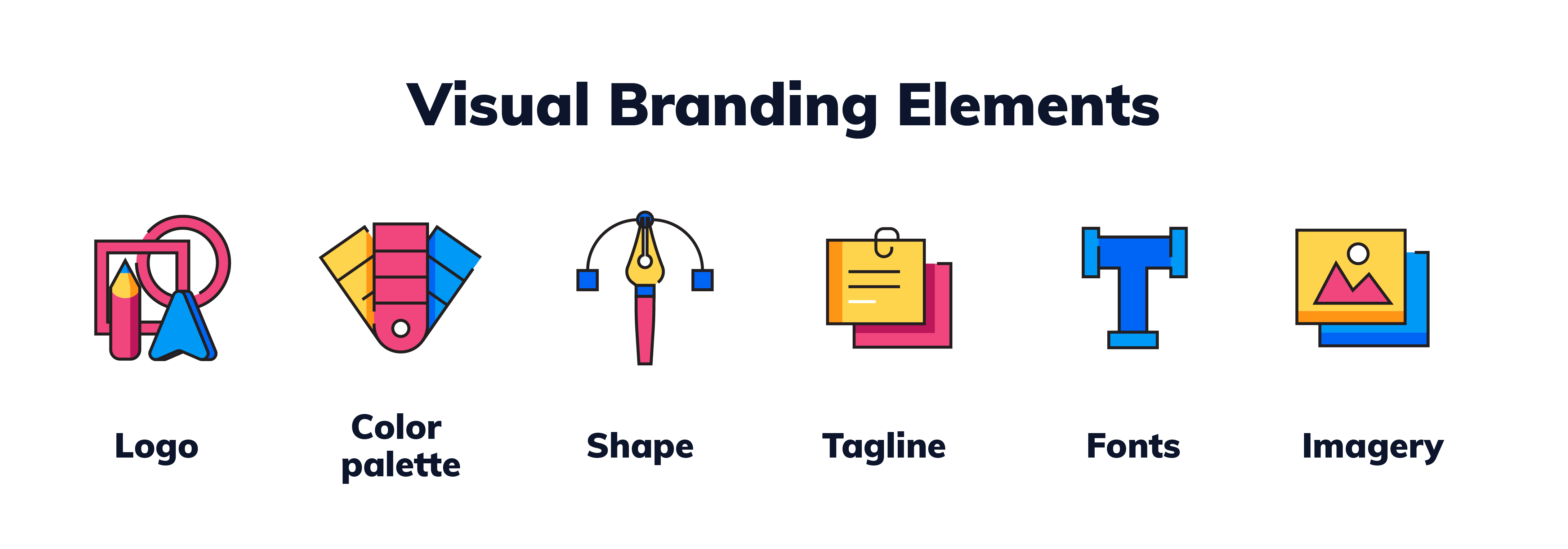First Impressions Matter :In today’s digital age, consumers make snap judgments about a brand within seconds. Studies show that it only takes milliseconds for someone to form an opinion about your website or online presence. If your visual branding is consistent, polished, and professional, you’re far more likely to capture the attention of your target audience. A well-designed logo, appealing color palette, and cohesive style evoke trust and credibility, encouraging potential customers to explore your brand further.










